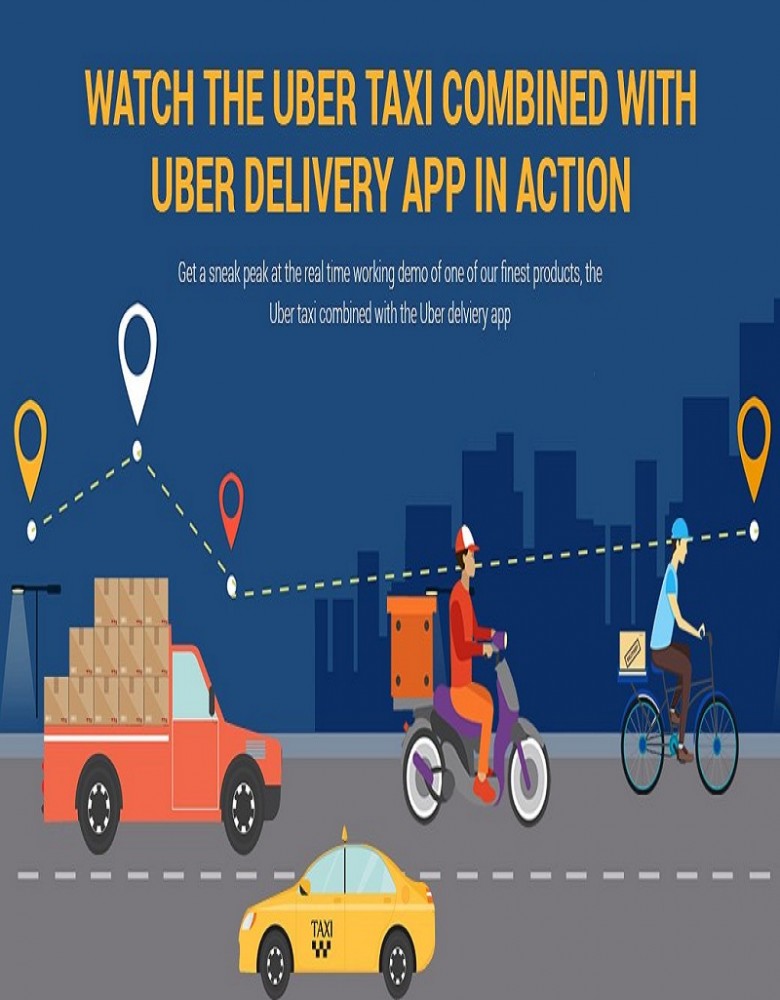Which full-stack development trends will be most significant in 2025?

In 2025, the full-stack development landscape will likely evolve with several key trends that will shape the way web applications are built, deployed, and maintained. Here are some of the most significant trends to keep an eye on:
1. Serverless Architecture
- What it is: Serverless computing allows developers to write code without managing the underlying servers. Instead, the cloud provider automatically manages the infrastructure.
- Why it's important: It simplifies deployment, reduces infrastructure costs, and scales applications automatically based on demand. Tools like AWS Lambda, Google Cloud Functions, and Azure Functions are leading the way.
- Trend in 2025: More companies will adopt serverless for cost efficiency, faster development cycles, and easy scalability.
2. Microservices and Containers
- What it is: Microservices is an architecture where an application is broken into smaller, independent services that can be deployed, updated, and scaled individually. Containers (using tools like Docker or Kubernetes) are often used to package and run these services.
- Why it's important: Microservices improve scalability, flexibility, and resilience, and containers help with portability across different environments.
- Trend in 2025: As applications grow more complex, the microservices approach will continue to gain traction, with Kubernetes as the leading orchestration tool for managing these services.
3. JAMstack (JavaScript, APIs, and Markup)
- What it is: JAMstack is an architecture for building fast, secure, and scalable websites and applications. It decouples the front-end from the back-end and relies heavily on APIs, pre-built static files, and CDNs for content delivery.
- Why it's important: JAMstack applications are fast, highly secure, and easy to scale. They’re also ideal for serverless or headless CMS solutions.
- Trend in 2025: With the rise of static site generators like Gatsby and Next.js, JAMstack will continue to be a popular choice for modern web development, especially in e-commerce, blogs, and marketing sites.
4. GraphQL Over REST
- What it is: GraphQL is a query language for APIs that allows clients to request only the data they need, rather than getting a fixed set of data (as in REST APIs).
- Why it's important: It reduces over-fetching or under-fetching of data, making applications more efficient. GraphQL can also simplify back-end complexity, and it's increasingly being adopted by large-scale apps like Facebook, GitHub, and Shopify.
- Trend in 2025: GraphQL will become the standard for API development, especially for full-stack developers who need more flexibility in handling front-end and back-end data fetching.
5. AI and Machine Learning Integration
- What it is: AI and ML models are becoming a key part of web apps, used for features like personalized recommendations, predictive analytics, chatbots, and dynamic content generation.
- Why it's important: As AI and ML tools become more accessible, web developers will increasingly integrate them into apps to provide smarter, data-driven user experiences.
- Trend in 2025: Expect more full-stack frameworks and libraries to offer easy integration with AI/ML models, making it easier to add smart features to both front-end and back-end code.
Visit more- Full Stack Classes In Pune
6. WebAssembly (Wasm)
- What it is: WebAssembly is a binary instruction format that enables high-performance applications on web browsers. It allows non-JavaScript languages (like Rust or C++) to run in the browser at near-native speed.
- Why it's important: This opens up new possibilities for web apps that need performance-intensive tasks (like gaming, simulations, or 3D rendering) to run smoothly in the browser.
- Trend in 2025: WebAssembly will become more mainstream as web apps increasingly need high performance without relying on heavy desktop software. Developers will find it easier to mix traditional JavaScript with Wasm-based modules.
7. Low-code/No-code Development
- What it is: Low-code and no-code platforms allow users to build web applications with minimal coding, using drag-and-drop components, visual workflows, and pre-built templates.
- Why it's important: These platforms empower non-developers (like business users or designers) to build functional applications, which reduces the workload for full-stack developers.
- Trend in 2025: While not replacing full-stack developers, these platforms will continue to rise in popularity for rapid prototyping and even production apps, especially for businesses needing custom solutions with limited technical resources.
8. API-First Development
- What it is: API-first development focuses on building APIs before anything else. This ensures that APIs are well-documented, stable, and easy to use for front-end or third-party integration.
- Why it's important: With more web applications relying on external APIs (for payment processing, user authentication, etc.), having an API-first approach improves efficiency, reduces errors, and speeds up development cycles.
- Trend in 2025: API-first development will continue to gain popularity in full-stack frameworks, with tools like Swagger and Postman becoming integral parts of the development process.
9. Cloud-Native Development
- What it is: Cloud-native development involves designing and deploying applications specifically for cloud environments (using services like AWS, Google Cloud, or Azure).
- Why it's important: Cloud-native architectures (such as microservices and containerization) make apps more scalable, resilient, and easily maintainable.
- Trend in 2025: As businesses continue to shift to cloud-first strategies, full-stack developers will increasingly work with cloud-native tools and technologies to build and scale applications.
10. Edge Computing
- What it is: Edge computing moves data processing closer to the end user (at the "edge" of the network), reducing latency and improving the speed of web apps.
- Why it's important: As more devices and users demand real-time data, edge computing helps provide faster, more responsive user experiences, particularly in areas like gaming, IoT, and media streaming.
- Trend in 2025: Edge computing will become more integrated into full-stack development, especially as CDNs and serverless providers expand their edge capabilities.
Visit more- Full Stack Developer Course In Pune
What's Your Reaction?
















/All_Nippon_Airways_Boeing_787-8_Dreamliner_JA801A_OKJ_in_flight-958bd939106045d19aa0c6c81a7d65c9.jpg)



